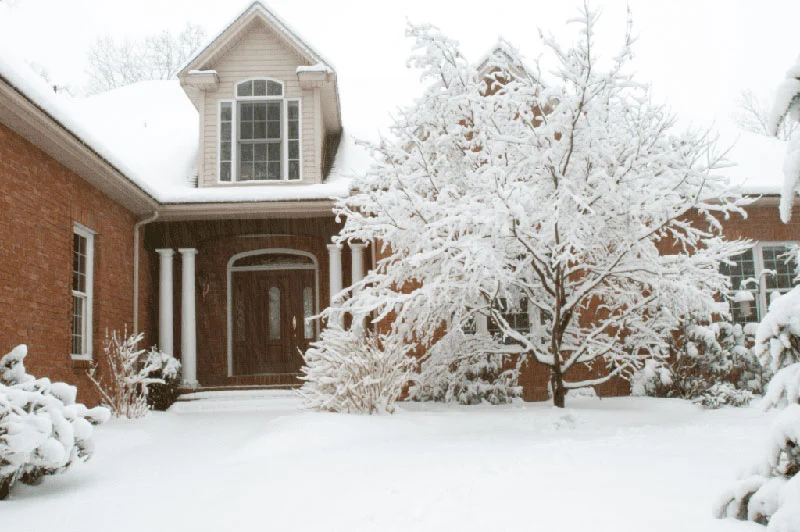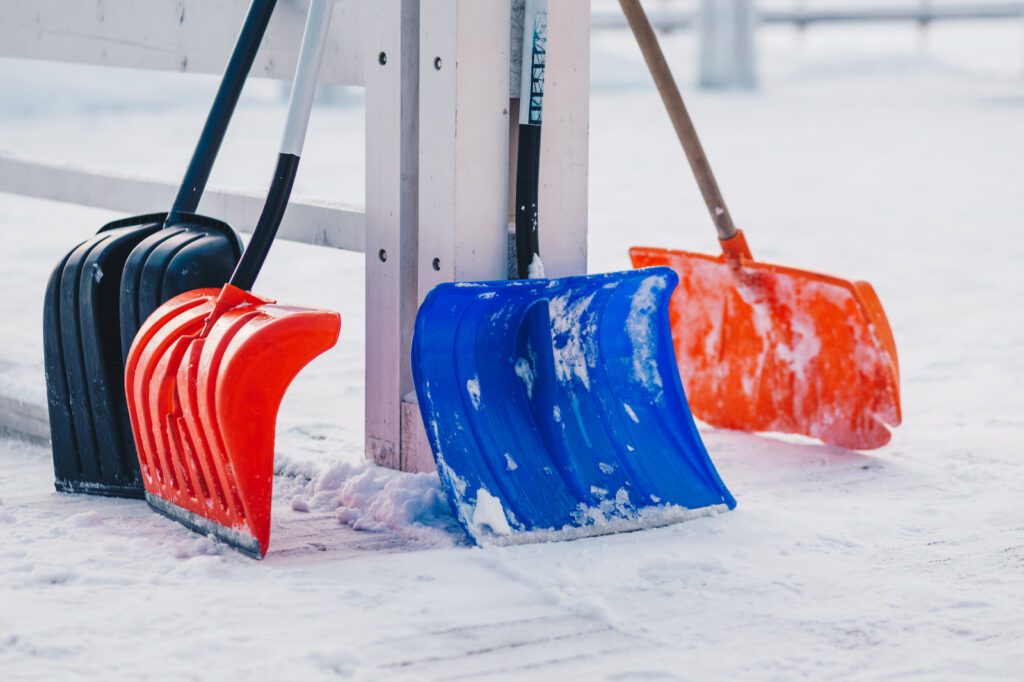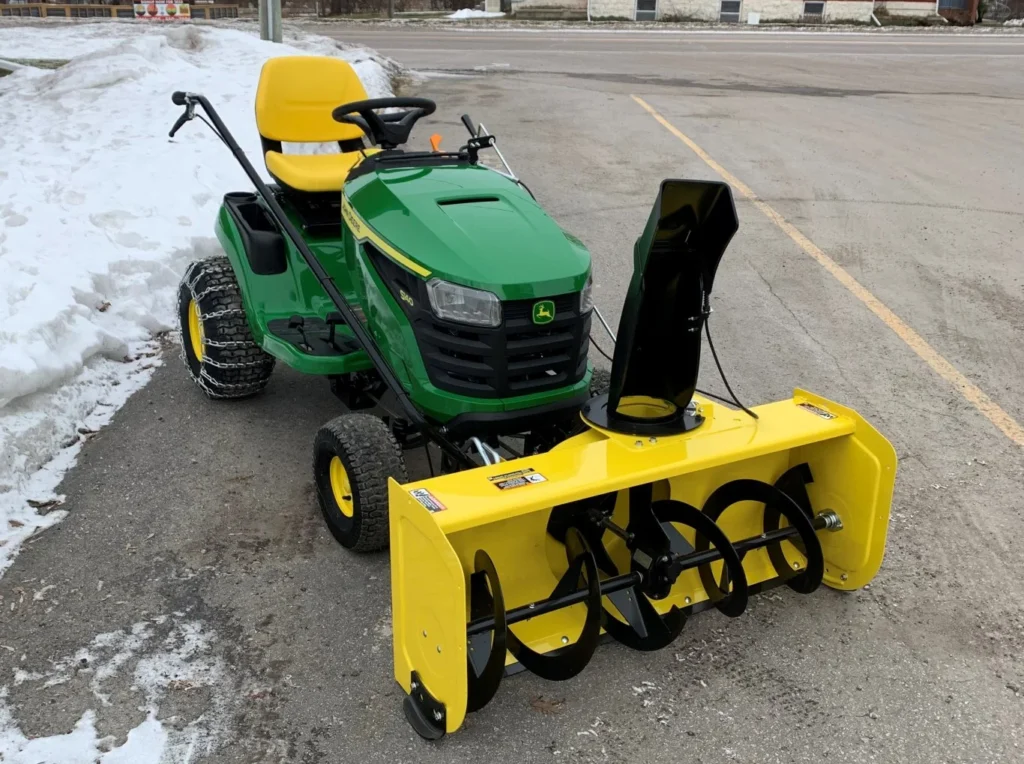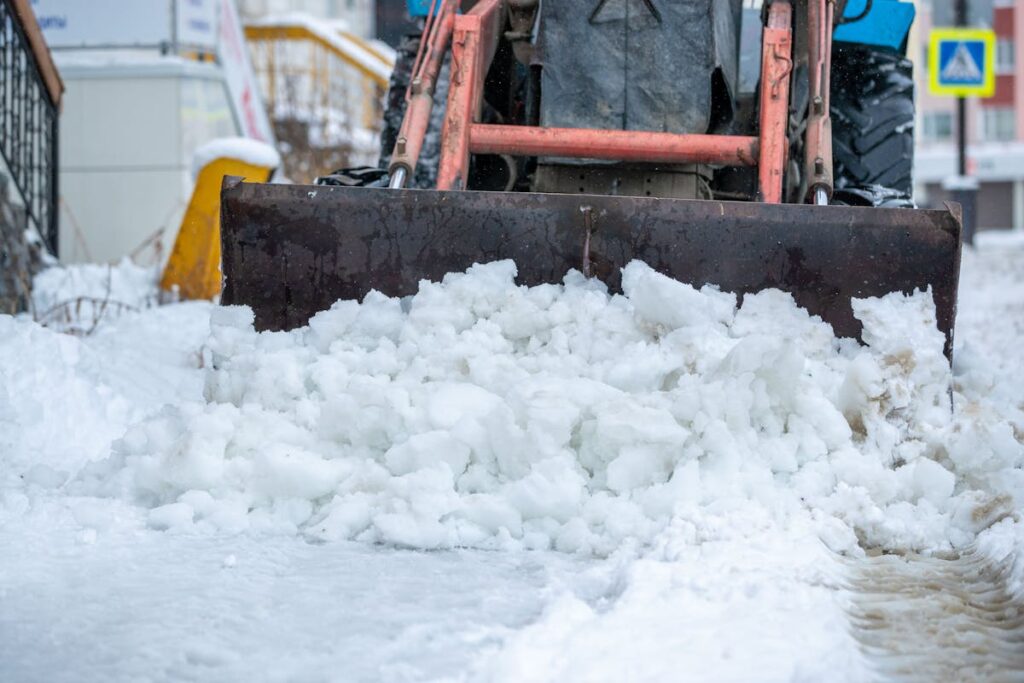When the first big storm hits, you’ve got two choices: spend hours battling heavy snow—or let Ware Landscaping handle your driveway snow removal quickly, safely, and sustainably. In Chicagoland, timely clearing isn’t just about convenience; it’s about preventing ice buildup, reducing slip hazards, and stopping meltwater from refreezing into a hazardous sheet. This guide shares the exact methods, tools, and safety practices our team uses every winter across Naperville, Aurora, Lisle, Downers Grove, Plainfield, Wheaton, and Bolingbrook—so you know what “done right” looks like and why it matters.
Why Clearing Early (and Often) Matters
Waiting until the storm ends can make removal harder and more dangerous. Fresh, powdery snow is lighter and easier to push. Once driven over or allowed to compact, it bonds to the surface and turns into ice, requiring more salt and more effort to break up. We prioritize early passes and return visits during longer storms to keep loads manageable and your driveway usable throughout the day.
Proven Methods for Driveway Snow Removal
Different storms call for different tools. Here’s how we adapt our approach to protect your surface and restore safe access fast.
Manual Shoveling (Best for Light Accumulations)
For smaller driveways and lighter snow—typically under six inches—push-style shoveling is efficient and gentle on surfaces. We push rather than lift whenever possible to avoid strain and to prevent scratching softer surfaces. Snow piles are placed where meltwater won’t drain back toward the house or re-freeze on walkways.
Snow Blowers for Medium to Heavy Snow
For wider or longer drives, a well‑tuned snow blower clears paths quickly and evenly. We start centrally and work outward, blowing with the wind so cleared areas stay clear. On gravel drives, we adjust skid shoes to keep the intake off the stones, protecting both the machine and your driveway.
Plow Passes for Long or Steep Drives
Very long or steep driveways benefit from plow service. Our operators set blade height to avoid scraping and to protect edges, landscape borders, and pavers. Stakes placed before the season mark boundaries and utilities, so nothing gets hit while visibility is low.
Pre‑Treatment and De‑Icing
Before significant events, pre‑treating helps prevent snow and ice from bonding. After clearing, we spot‑treat high‑risk areas: north‑facing sections, shaded curves, the apron by the street, and gentle dips where meltwater tends to settle. We use de‑icers sparingly and select formulas that align with our eco‑standards and your surface type.
Heated Solutions (On Request)
For clients who want low‑maintenance entrances, we install and service hydronic or electric snow‑melt systems in high‑traffic areas. While upfront costs are higher, the payoff is consistent, hands‑free safety on critical paths.
Choosing the Right Tools (and Why It Matters)
Your driveway material and the storm type drive tool choice:
- Ergonomic push shovels minimize back strain and are ideal for light, fluffy snow on concrete or asphalt.
- Two‑stage blowers shine in wet, heavy accumulations and on longer drives; adjustable skid shoes make them gravel‑friendly.
- Ice chippers are reserved for stubborn patches after clearing; we use them carefully to avoid surface damage.
- Spreaders and sprayers ensure even, minimal application of de‑icers—no clumping, no waste.
Our crews arrive with a matched set for the day’s conditions so we can pivot quickly if the snow gets wetter, deeper, or wind‑drifted.
Safety First: Protecting People and Property
Snow removal is physically demanding, and cold stress is real. We train our team on safe body mechanics, frequent breaks, and proper layering to prevent overexertion. For homeowners who DIY, remember:
- Push, don’t lift. If you must lift, take small scoops, bend at the knees, and keep your back straight.
- Avoid shoveling right after a heavy meal or a long period of inactivity.
- Wear insulated, non‑slip boots and waterproof gloves.
- Be aware of heart‑attack warning signs—stop immediately and call for help if you feel chest pain, shortness of breath, or lightheadedness.
On your property, we protect curbs, mailbox posts, garage doors, and adjacent landscaping by stacking snow thoughtfully, away from plant beds and foundations, and we keep sightlines open at the street so you can pull out safely.
Smarter, Greener De‑Icing
Traditional rock salt is effective, but it can harm concrete, lawns, waterways, and pets—especially when overused. That’s why we:
- Prioritize mechanical removal first. The less snow left behind, the less de‑icer you need.
- Use targeted applications—no “salt storms.” We hit traction points and re‑freeze zones instead of blanketing the whole driveway.
- Offer alternatives such as magnesium chloride or calcium magnesium acetate (CMA) where appropriate, and sand for traction in extreme cold. These options may cost more per bag, but they reduce corrosion and plant stress and help protect local streams.
If you have a new concrete driveway (less than a year old) or specialty pavers, tell us—some chemicals are not recommended and we’ll tailor the treatment.
Avoid These Common Mistakes
A few habits lead to extra ice, extra cost, and extra damage:
- Waiting until the storm ends. Multiple smaller passes beat one grueling cleanup.
- Over‑salting. More does not equal better. Excess product can etch concrete and burn turf.
- Using the wrong tools. Metal blades on soft or decorative surfaces can scratch or chip; plow blades set too low can scalp gravel and grass.
- Stacking snow against foundations. Melting piles can channel water toward your home and refreeze overnight.
- Ignoring the apron at the street. City plows will push windrows back across your exit; we plan for a final cleanup pass to keep you mobile.
What You Get with Ware Landscaping
We’re a Naperville‑based, top‑rated snow and ice team trusted by families and businesses across the western suburbs. Our driveway snow removal service includes:
- 24/7 storm monitoring and proactive dispatch when accumulations hit trigger depths you choose.
- Multiple passes during long events to keep your driveway usable throughout the day.
- Surface‑appropriate clearing for concrete, asphalt, and gravel—including paver‑safe techniques.
- Eco‑smart de‑icing tailored to temperature, sun exposure, and traffic.
- Photo confirmation after each visit, plus clear communication on next steps if a return pass is scheduled.
Pair driveway clearing with walkway, porch, and sidewalk service, or add priority service for early‑morning departures.
Service Area
We proudly serve Naperville, Aurora, Lisle, Downers Grove, Plainfield, Wheaton, Bolingbrook, and nearby communities. If you’re just outside these areas, ask—we often accommodate bordering neighborhoods.
FAQs About Driveway Snow Removal
How early should driveway snow removal start?
As soon as safe access allows. Early passes prevent compaction and reduce de‑icer use later.
Do you use rock salt on every visit?
Not automatically. We clear mechanically first, then spot‑treat where traction is needed. We offer pet‑ and plant‑friendlier options upon request.
Can you handle gravel driveways?
Yes. We use blowers or plow blades set to the right height with skid shoes to avoid picking up or pushing stone.
What happens when the city plow buries my apron again?
For qualifying plans, we include a post‑plow return pass to clear the windrow so you can get out safely.
Do you offer seasonal contracts or per‑push pricing?
Both. Seasonal plans give budget predictability and priority dispatch; per‑push works well for milder winters or occasional needs.
Ready for Stress‑Free Winters?
Skip the 5 a.m. shovel session. Let Ware Landscaping handle your driveway snow removal with the right tools, the right timing, and the right eco‑friendly products for your property.
Request a FREE quote today or call (312) 529‑4633. We’ll assess your driveway, discuss trigger depths and treatment options, and get you set up before the next storm rolls in.








